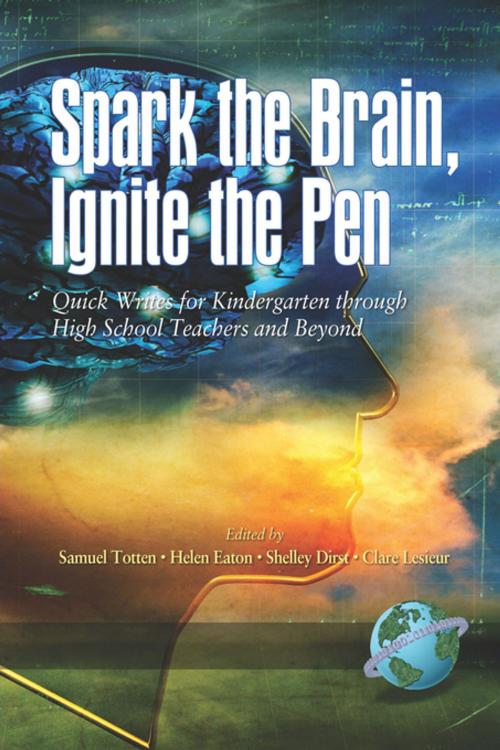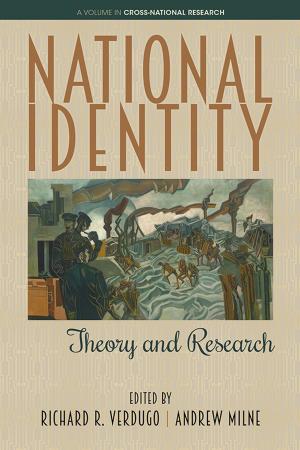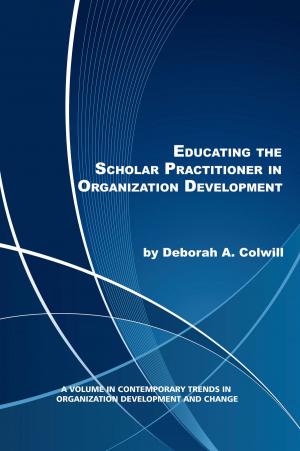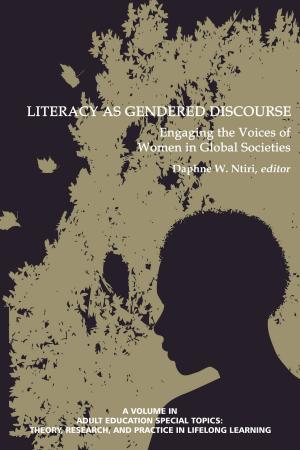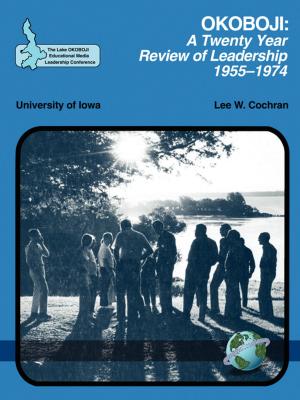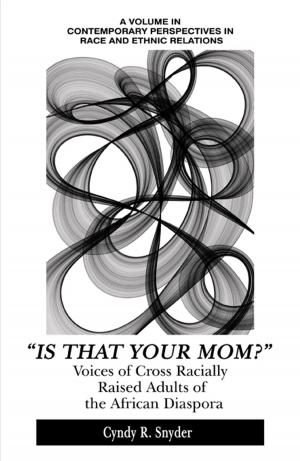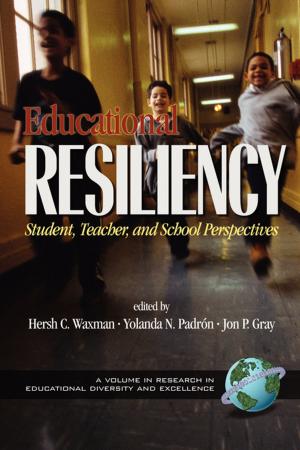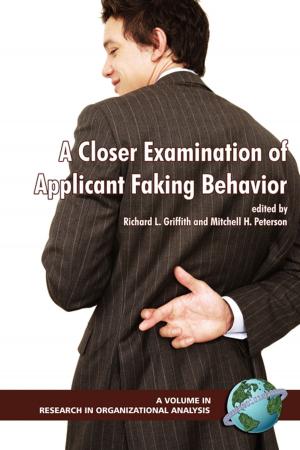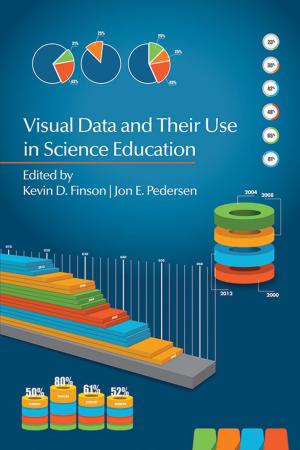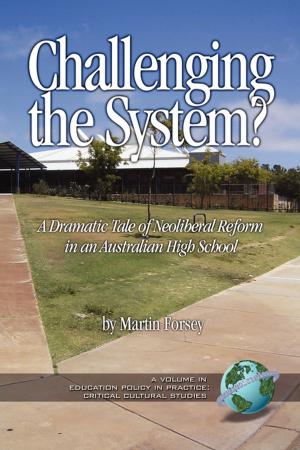Spark the Brain, Ignite the Pen (FIRST EDITION)
Quick Writes for Kindergarten Through High School Teachers and Beyond
Nonfiction, Reference & Language, Education & Teaching, Elementary, Higher Education| Author: | Samuel Totten, Helen Eaton, Shelley Dirst, Clare Lesieur | ISBN: | 9781607526896 |
| Publisher: | Information Age Publishing | Publication: | March 1, 2006 |
| Imprint: | Information Age Publishing | Language: | English |
| Author: | Samuel Totten, Helen Eaton, Shelley Dirst, Clare Lesieur |
| ISBN: | 9781607526896 |
| Publisher: | Information Age Publishing |
| Publication: | March 1, 2006 |
| Imprint: | Information Age Publishing |
| Language: | English |
Contributors to the book teach a wide array of grade levels (K through college) and subject areas (e.g., English, social studies, math, science and health), and the quick writes included in the book are ideal for use in a variety of classroom subjects and settings. We believe that the book will find an extremely receptive audience among K12 teachers, teacher educators preparing future teachers, and teachers and trainers of trainers involved in inservice programs and summer writing institutes. Many published resources offer lists of writing topics for classroom use; however, they lack the pedagogical approach that informs the quick write concept. Although one published quick write resource offers literary prompts for grades 512, we know of no other book that provides such varied examples of this particular strategy, particularly our inclusion of a wide variety of "stimuli" (versus the common and sole use of literary texts), and their use for a wide array of content areas (versus the usual and sole focus of English/Language Arts).
Contributors to the book teach a wide array of grade levels (K through college) and subject areas (e.g., English, social studies, math, science and health), and the quick writes included in the book are ideal for use in a variety of classroom subjects and settings. We believe that the book will find an extremely receptive audience among K12 teachers, teacher educators preparing future teachers, and teachers and trainers of trainers involved in inservice programs and summer writing institutes. Many published resources offer lists of writing topics for classroom use; however, they lack the pedagogical approach that informs the quick write concept. Although one published quick write resource offers literary prompts for grades 512, we know of no other book that provides such varied examples of this particular strategy, particularly our inclusion of a wide variety of "stimuli" (versus the common and sole use of literary texts), and their use for a wide array of content areas (versus the usual and sole focus of English/Language Arts).
